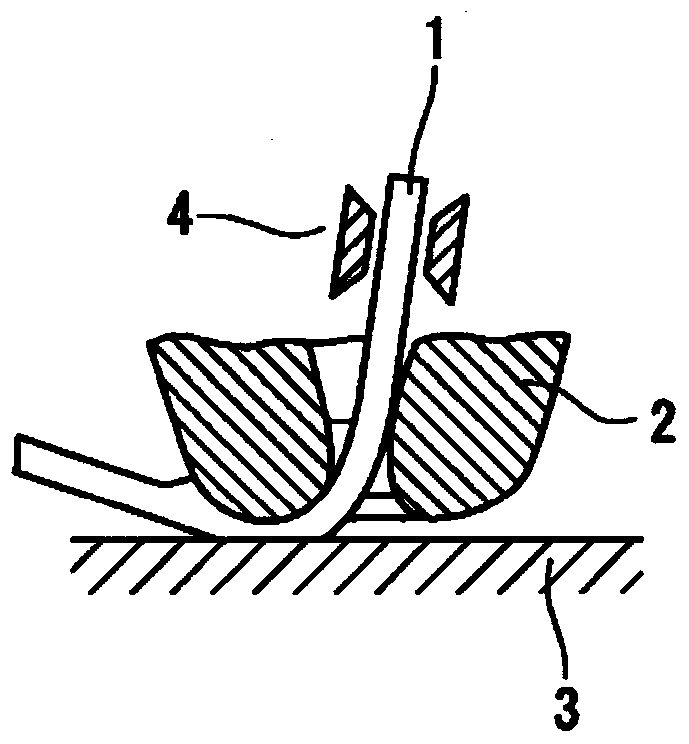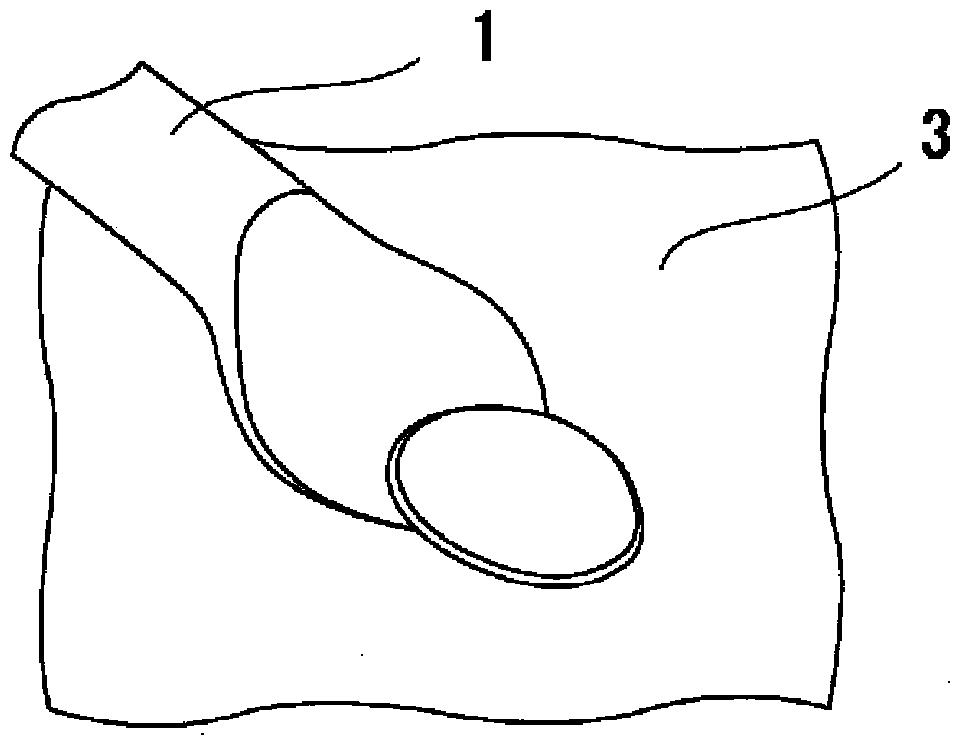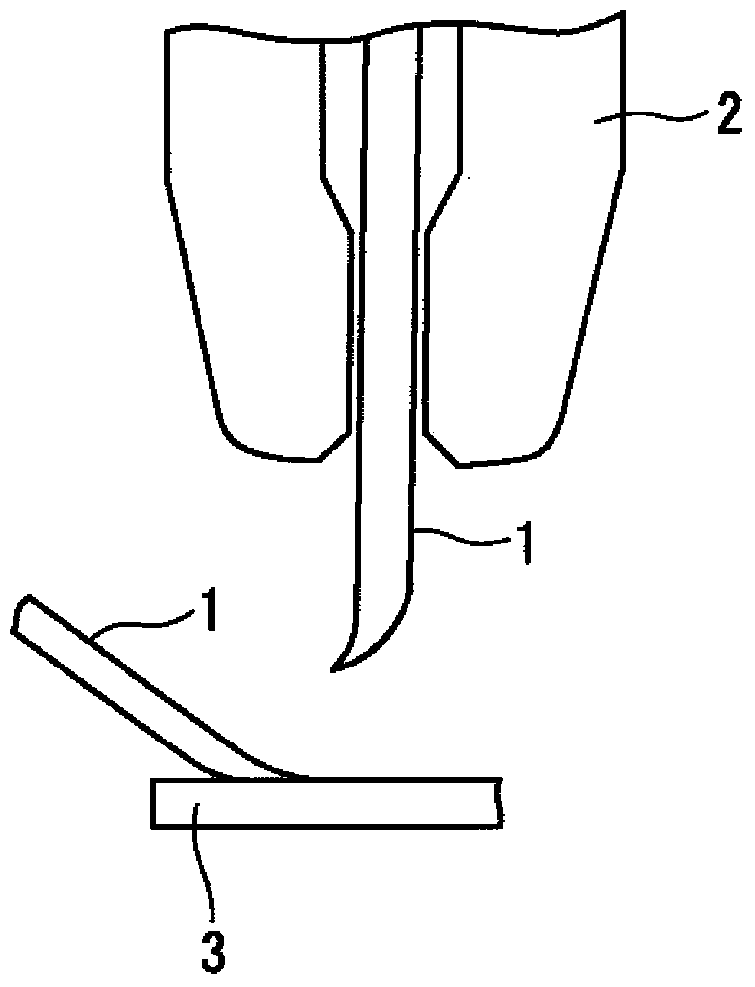Copper Alloy Bonding Wire
A technology of copper alloy and bonding wire, which is applied in the direction of semiconductor/solid-state device parts, semiconductor devices, electrical components, etc., to achieve the effect of stable position, stable shape, and shortened bonding step time
- Summary
- Abstract
- Description
- Claims
- Application Information
AI Technical Summary
Problems solved by technology
Method used
Image
Examples
Embodiment
[0062] The core material uses copper (Cu) with a purity of 99.9998% by mass (5N), and phosphorus (P) and nickel (Ni), palladium (Pd), platinum (Pt), gold (Au) and silver (Ag) as an added element. As the base metal element, an element generally contained in high-purity copper is selected. That is, bismuth (Bi), selenium (Se), tellurium (Te), zinc (Zn), iron (Fe), nickel (Ni), and tin (Sn) are appropriately selected. Embodiments in which these metals are blended within predetermined ranges are referred to as Example 1 to Example 5, respectively.
[0063] Next, it was melted and continuously cast, and then the first wire drawing was performed within the range of 95-99.99% or less in section reduction to obtain a thick wire (diameter: 1.0 mm) before being covered with a drawing material. Next, perform intermediate heat treatment (300-600° C. for 0.5-3 hours) (Example 4, Example 5) or not perform intermediate heat treatment (Example 1-Example 3). Afterwards, thin extension l...
PUM
| Property | Measurement | Unit |
|---|---|---|
| diameter | aaaaa | aaaaa |
Abstract
Description
Claims
Application Information
 Login to View More
Login to View More - R&D
- Intellectual Property
- Life Sciences
- Materials
- Tech Scout
- Unparalleled Data Quality
- Higher Quality Content
- 60% Fewer Hallucinations
Browse by: Latest US Patents, China's latest patents, Technical Efficacy Thesaurus, Application Domain, Technology Topic, Popular Technical Reports.
© 2025 PatSnap. All rights reserved.Legal|Privacy policy|Modern Slavery Act Transparency Statement|Sitemap|About US| Contact US: help@patsnap.com



